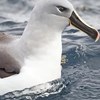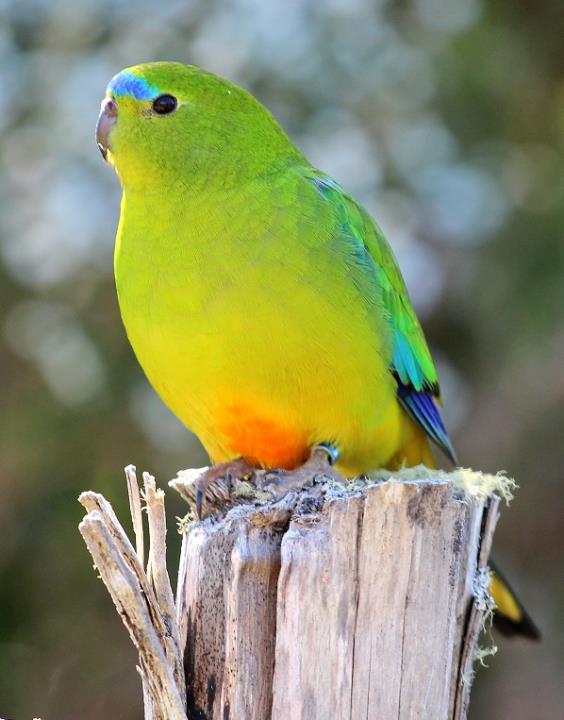
Tasmanian birds top endangered species list
Thursday, 07 July 2016Three Tasmanian birds perch atop the list of Australia’s most threatened birds, as revealed by a TSR Hub team comprising researchers from Charles Darwin University and The University of Melbourne.
“The Orange-bellied Parrot tops the list, closely followed by two subspecies from King Island – the King Island Scrubtit and the Brown Thornbill,” says project leader Professor Stephen Garnett.
The research team is finalising the list of Australia’s most threatened birds and mammals through a combination of scientific modelling and the distillation of expert opinion – adopting a process proven to be more accurate than deferring to the judgement of a lone researcher.
“For each group we first analyse a suite of characteristics such as population size and trends, the intensity of the threatening processes and the size of the areas they occupy using three models – each of which emphasises different aspects of a species’ biology when predicting extinction,” Professor Garnett says.
“We can then confirm whether or not these models agree. If they don’t agree, we need to determine why.”
This is where expert opinion enters the equation. Threatened species experts are asked to estimate the likely risk of a particular species’ extinction and provide an indication of the confidence they hold in their estimate.
Where experts uncover discrepancies in their analysis, they are encouraged to debate those differences whilst collaborating on a final prediction.
“Modelling alone cannot always provide the answer, nor can expert opinion, but when combined we can reach the best answer attainable,” Professor Garnett says.
Preliminary results obtained through this process clearly indicate the high risk of extinction to several Tasmanian bird species.
Protecting the Orange-bellied Parrot is already a key focus of another TSR Hub research project (Project 2.2), which aims to mitigate the threats faced by Tasmania’s hollow-nesting birds.
In addition to the species from Tasmania, one surprise inclusion on the list was a subspecies of Painted Buttonquail, which now inhabits only two small islands of the Houtman Abrolhos off the coast of Western Australia.
The Buttonquail population declined following the introduction of wallabies to one of the three islands that once formed the Buttonquails’ historical range, as the wallabies dramatically reduced the available vegetation.
“We were alerted to the plight of the Buttonquail by the Chair of the Western Australian Threatened Species Committee, Andrew Burbidge, and we shall do what we can to help him garner support for rapid action,” says Professor Garnett.
The research conducted forms part of the TSR Hub’s Project 2.1, which aims to provide direction to government agencies and non-government by alerting them to cases of imminent extinction.
Image: Orange-bellied Parrot by DPIPWE
-

The Australian freshwater fishes at greatest risk of extinction
Tuesday, 01 September 2020 -

Preventing extinctions of Australian lizards and snakes
Tuesday, 02 February 2021 -

Saving Tasmania's difficult birds
Monday, 27 July 2020 -

Please save these frogs: The 26 Australian species at greatest risk of extinction
Friday, 20 August 2021
-
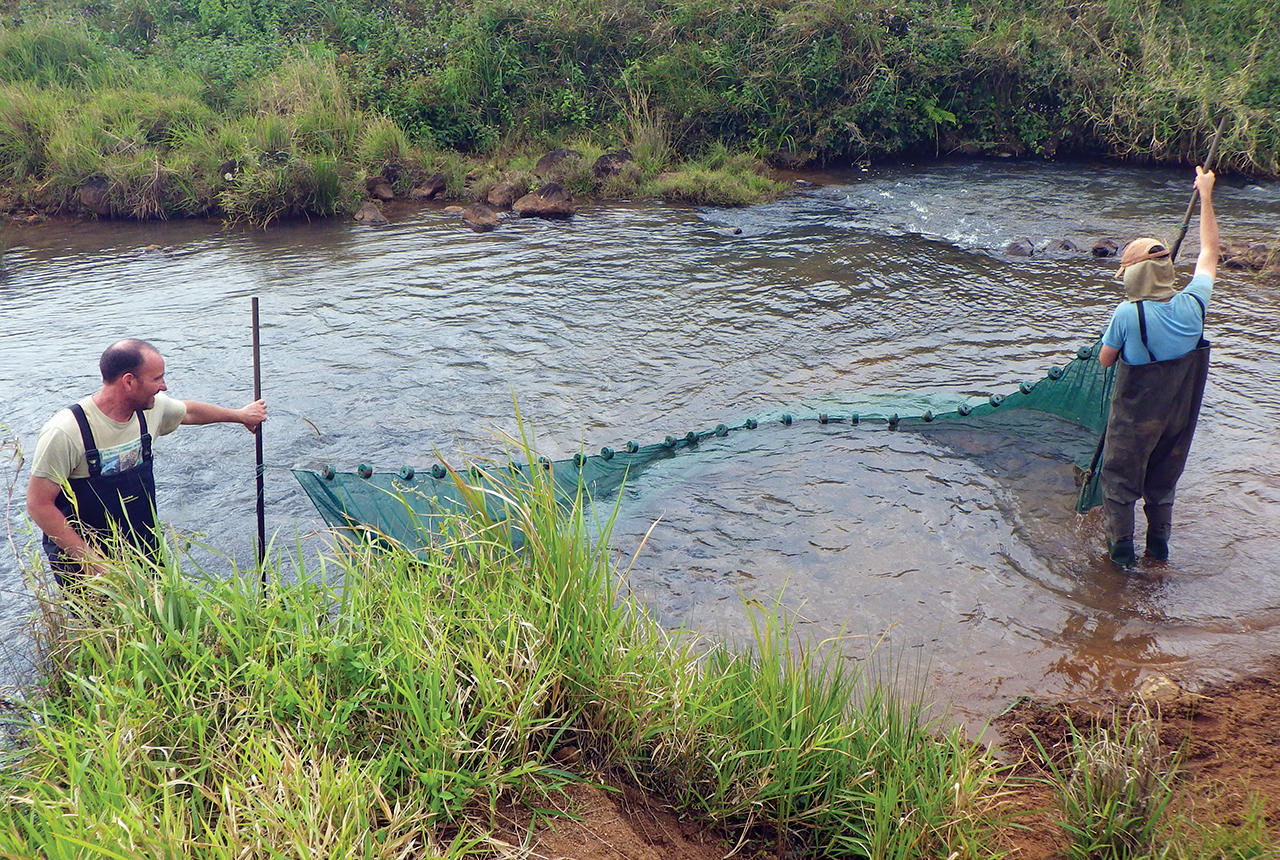
Big trouble for little fish: The 22 freshwater fishes at risk of extinction
Wednesday, 21 October 2020 -

Unique yet neglected: The Australian snakes and lizards on a path to extinction
Tuesday, 10 November 2020 -
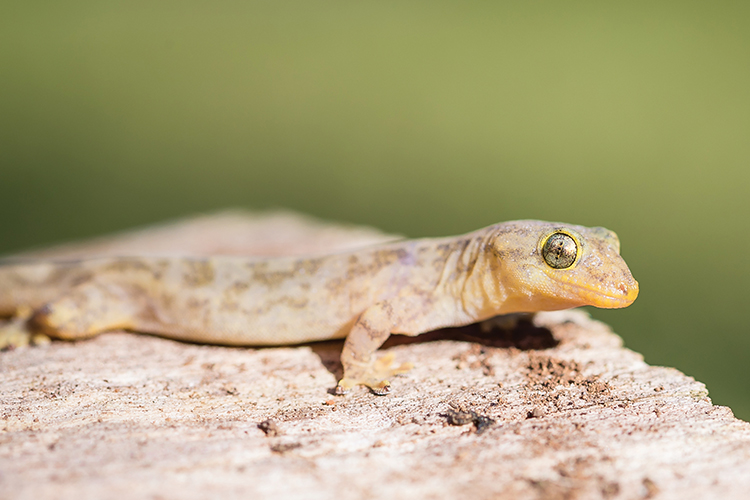
A review of listed extinctions in Australia
Tuesday, 12 November 2019 -
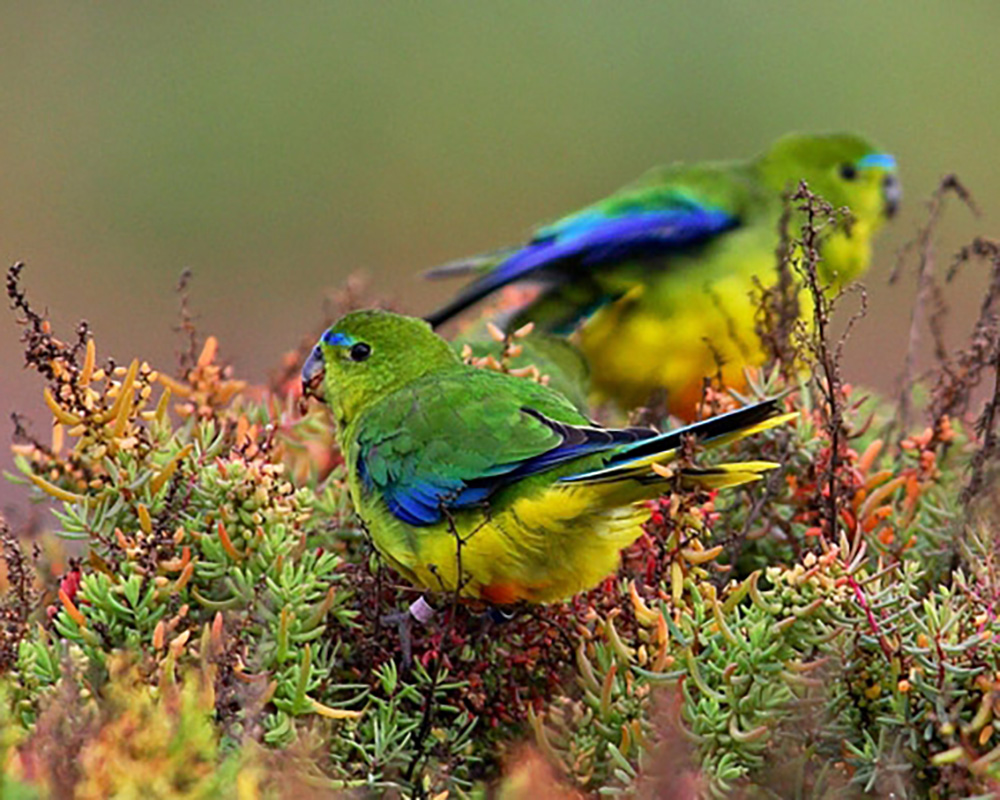
No surprises, no regrets: Identifying Australia's most imperilled animal species
Monday, 24 September 2018 -
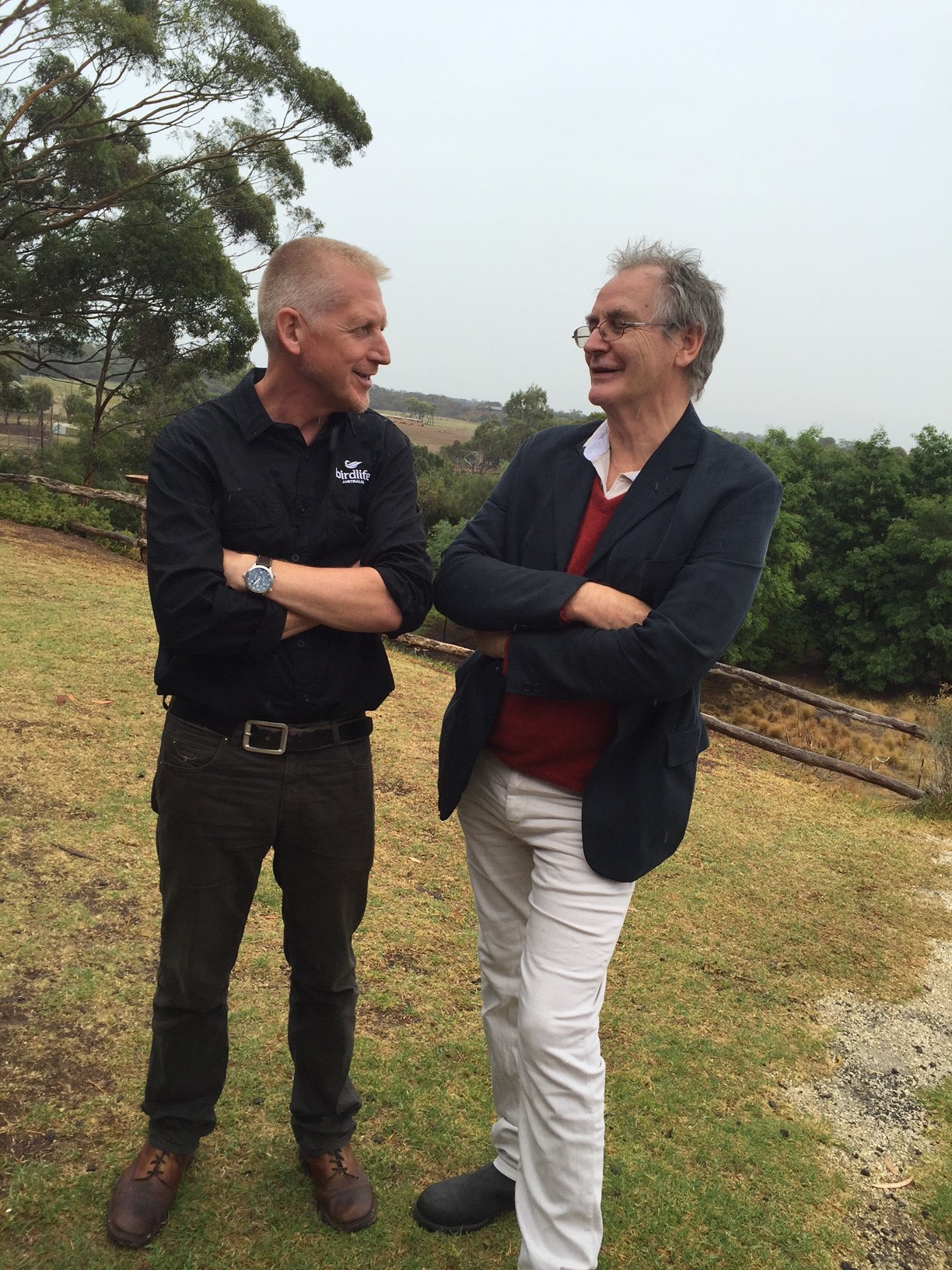
2020 target set for more threatened species
Monday, 28 March 2016 -
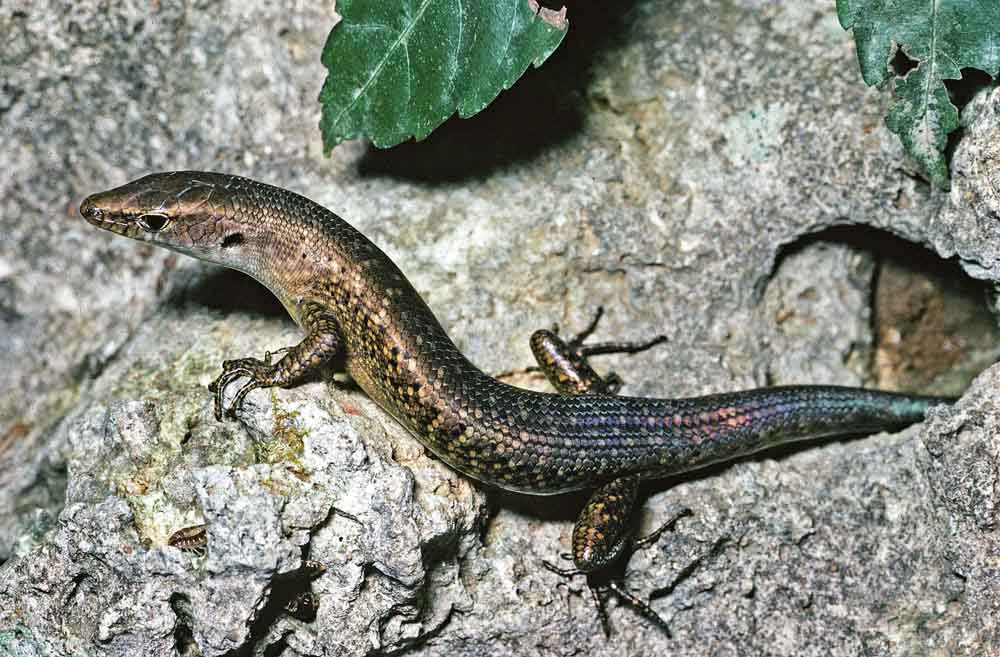
Keeping up with biodiversity loss
Thursday, 26 November 2015 -
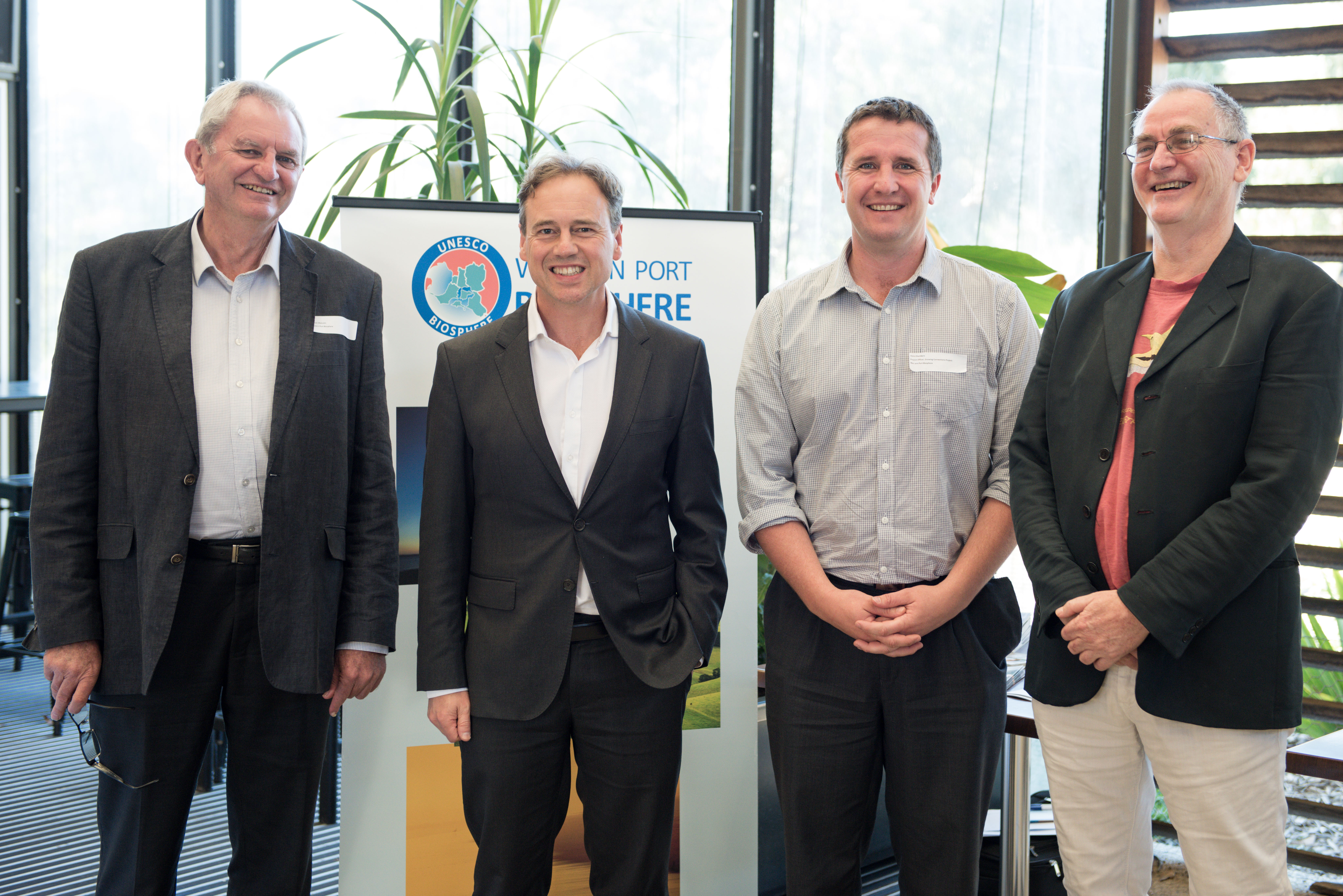
Reflections on loss
Thursday, 09 June 2016 -
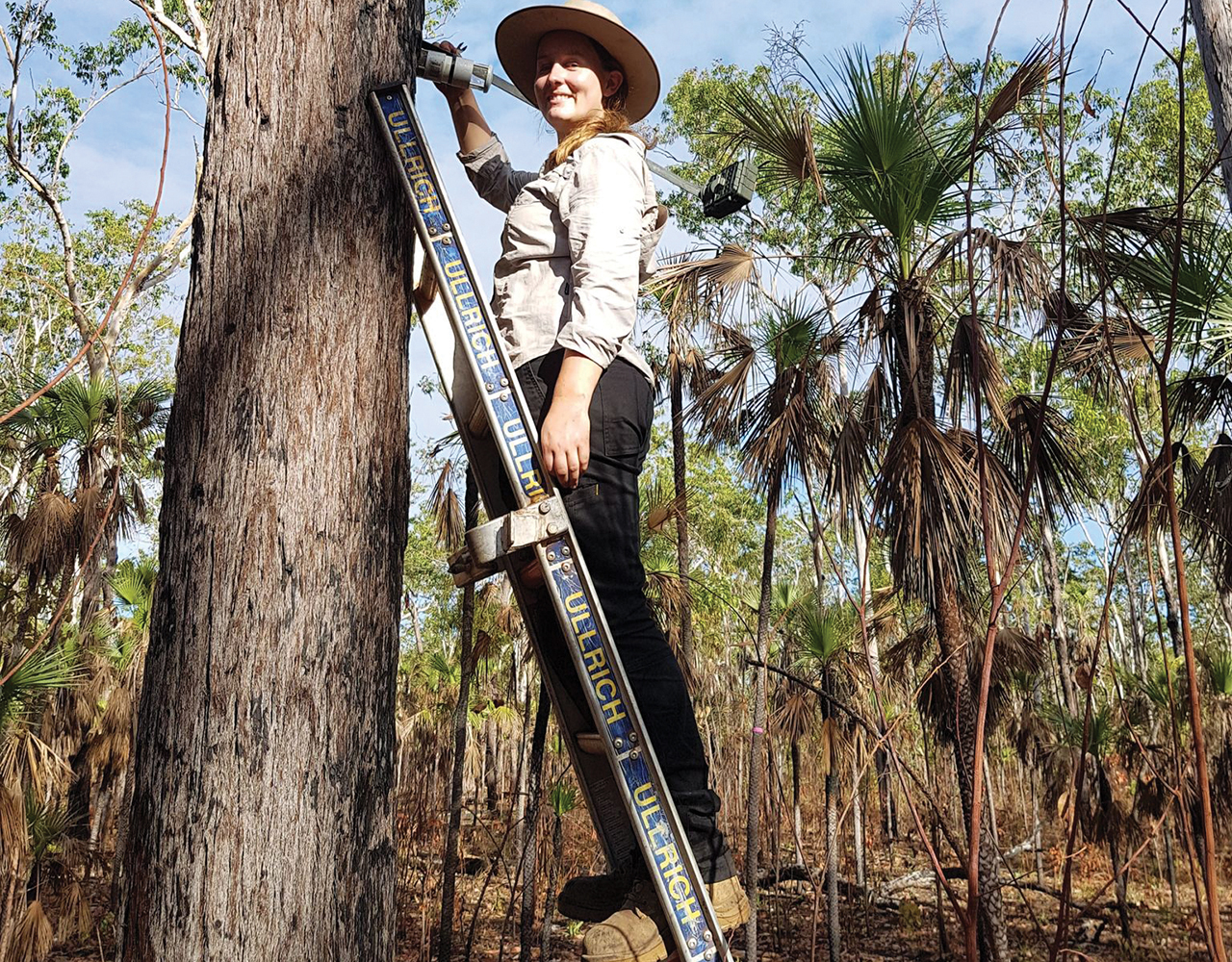
Researcher Profile: Hayley Geyle
Wednesday, 28 October 2020 -
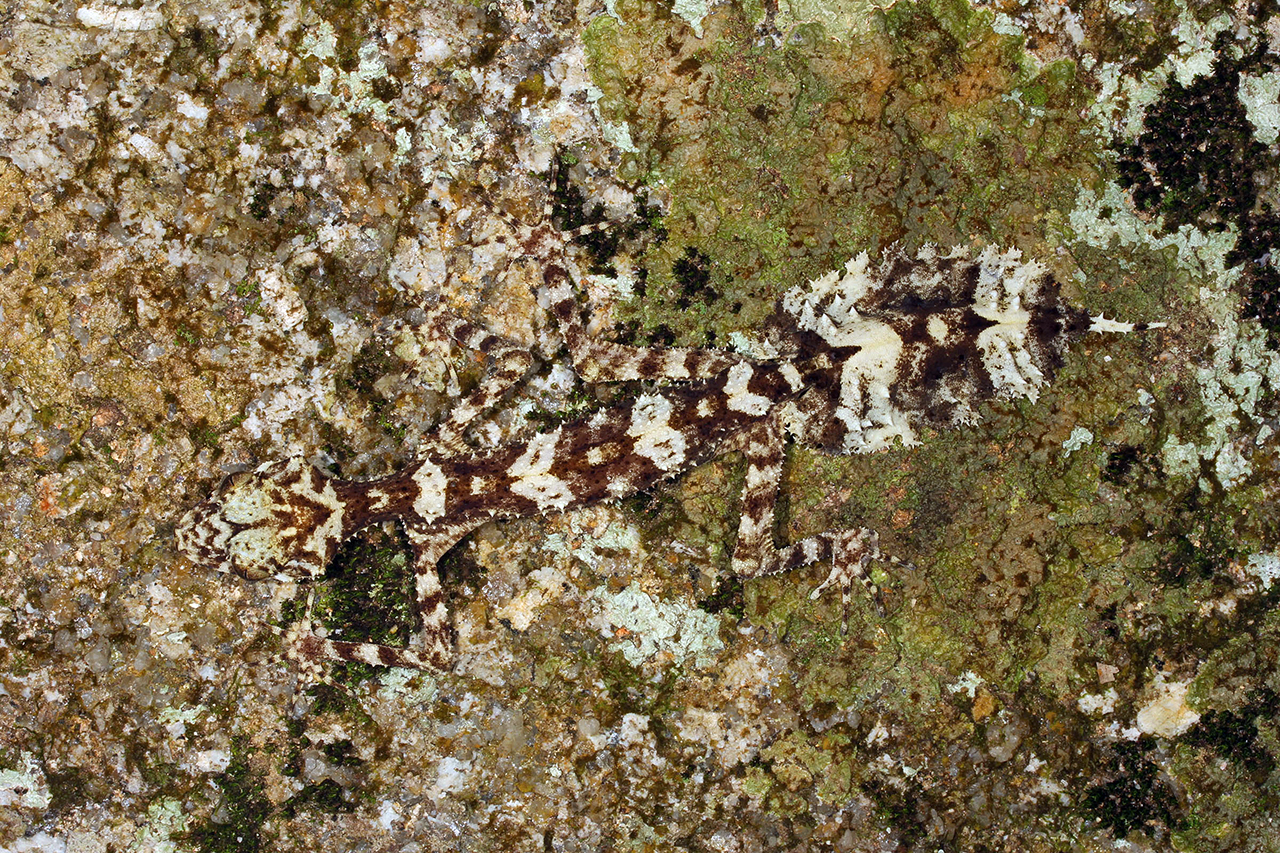
Aussie icons at risk: Scientists name 20 snakes and lizards on path to extinction
Tuesday, 29 September 2020 -

22 Australian freshwater fish at risk of extinction
Tuesday, 29 September 2020 -
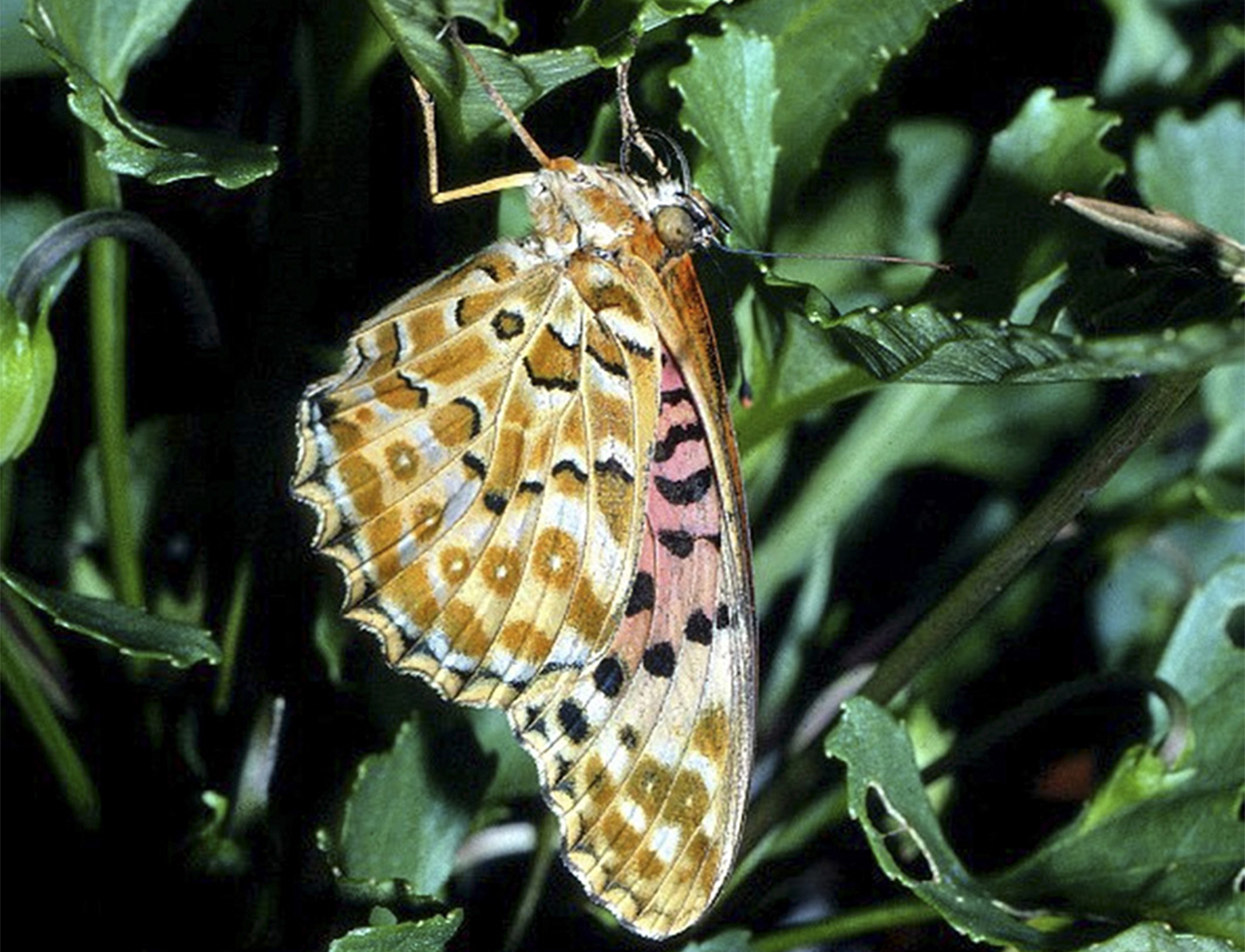
‘Australian Fritillary’ and ‘Pale Imperial Hairstreak’ top list of butterflies at risk of extinction
Tuesday, 27 April 2021 -
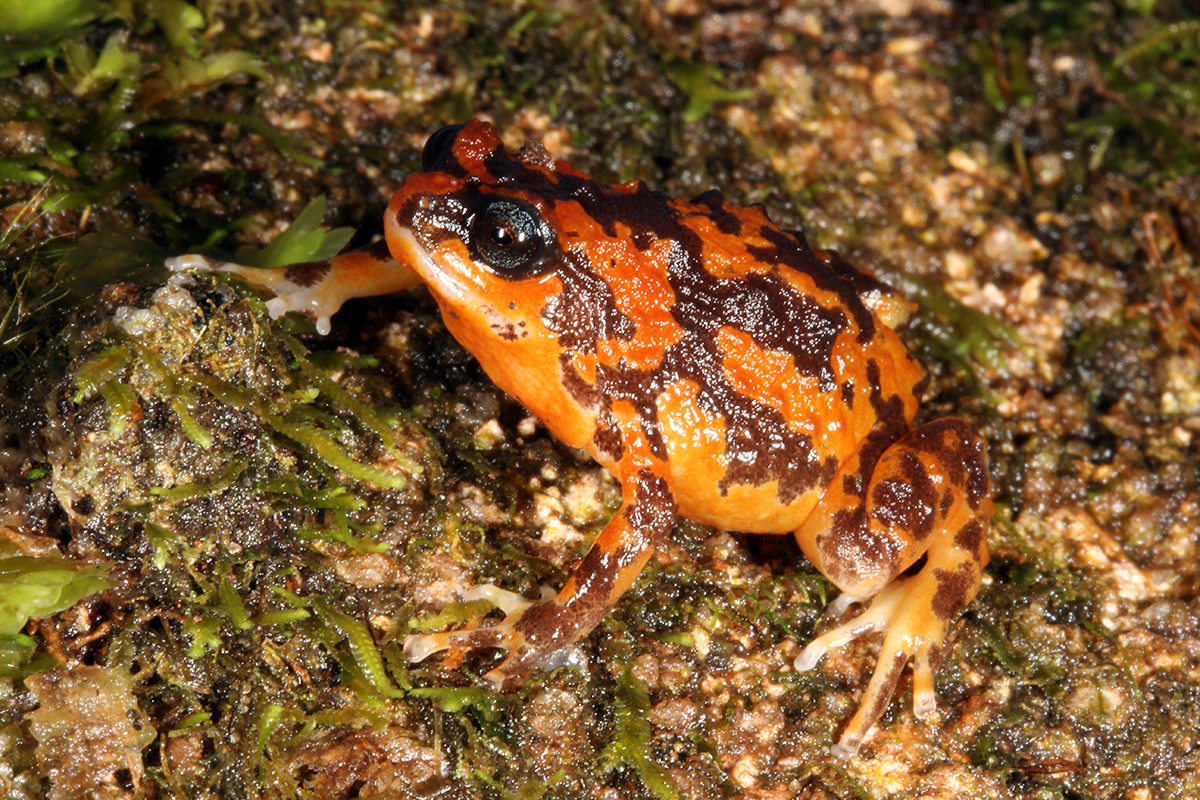
These frogs need our help: Scientists name the Australian frogs at greatest risk of extinction, four likely already lost
Friday, 20 August 2021
